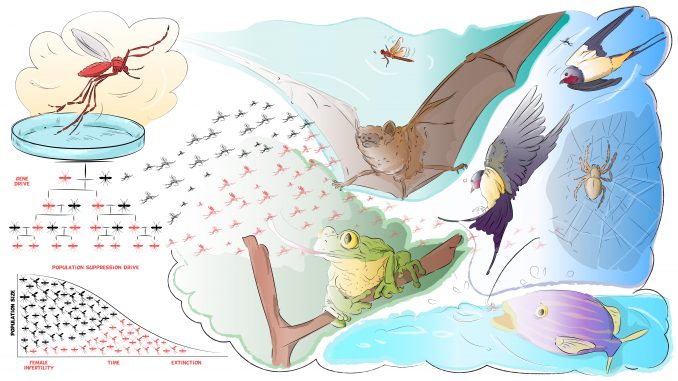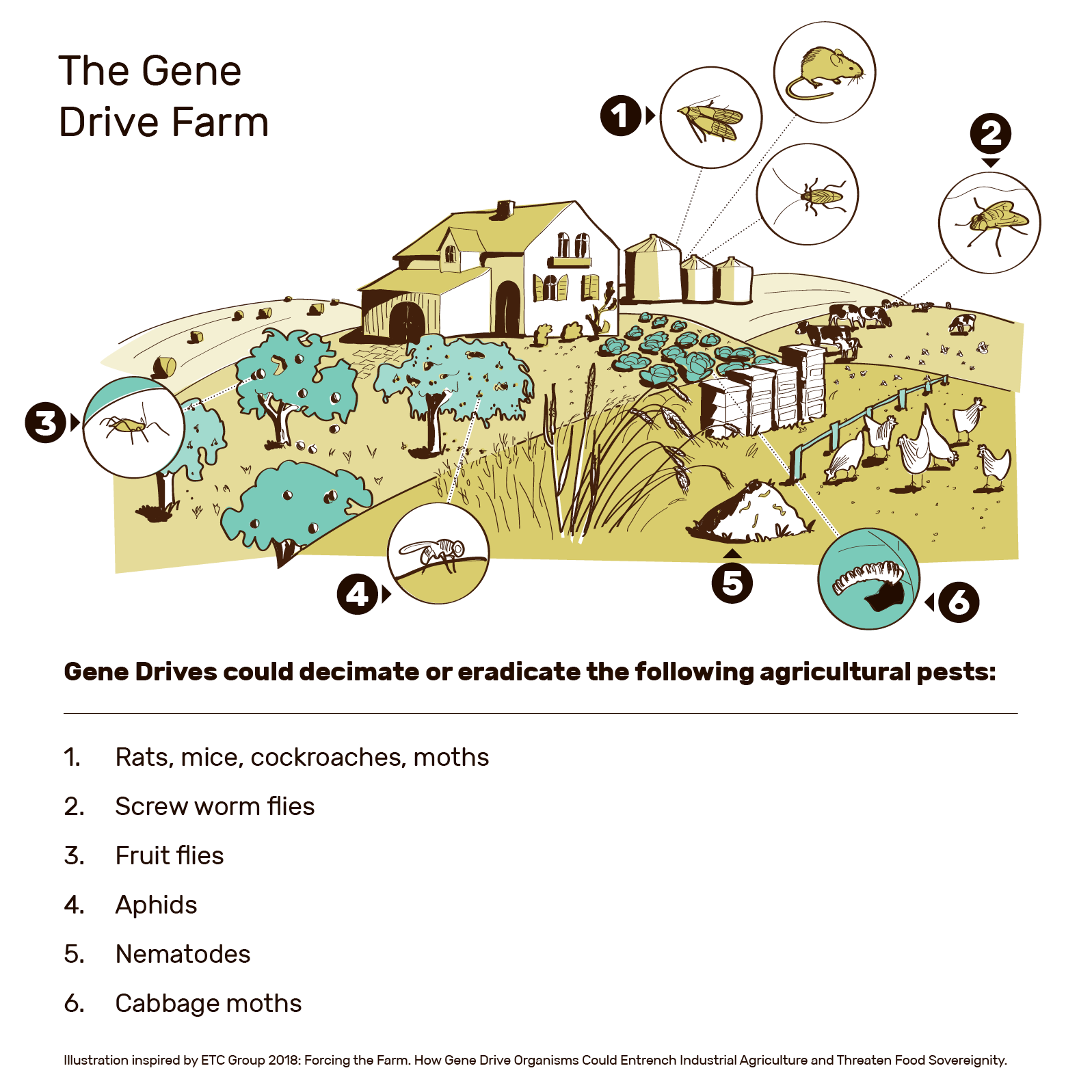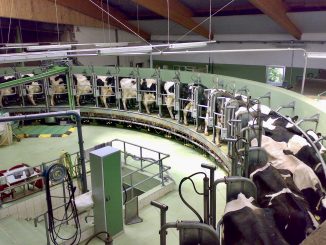
By Mareike Imken of Stop Gene Drives
Stop Gene Drives is a campaign to prevent future releases of gene drive organisms into the environment in Germany, Europe and worldwide. In this op-ed, Head of Campaign Mareike Imken makes the case for a global moratorium on the release of gene drive organisms – before it is too late.
One million species are currently threatened with extinction, and humanity faces the challenge of stopping the sixth mass extinction in the history of our planet. Yet a new technology called Gene Drive enables human beings to reprogram wild species by genetic engineering and to drive these species to self-destruction and extinction.

Gene Drive technology, which was developed in 2013, overrides the natural rules of evolution. Gene Drive Organisms (GDO) are genetically modified in the laboratory so that they pass on a new genetic trait to all their offspring – even if this prevents them from surviving.
Chain reaction
Once released into nature, GDOs set off a chain reaction that can no longer be controlled. All descendants of a GDO (not 50% as is usual in nature) are carriers of the new trait as well as the manipulation mechanism (CRISPR-Cas), which forces this multiplication cascade to be repeated in all subsequent generations. In laboratory experiments, GDOs that produced only male offspring led to the collapse of insect and mouse populations after only a few generations.
The behaviour and type of possible mutations that GDO could undergo in nature cannot be predicted or controlled. It is highly probable that they would colonise all the ecosystems in which they are viable across borders. In the worst case, the release of just a few GDOs could cause the extinction or widespread alteration of their own species and closely related species, endangering entire food webs and ecosystems.
New dimension in genetic engineering
Gene drive technology opens up a new dimension in genetic engineering. So far, disease-transmitting insects and invasive species have been the main potential targets. Initial applications are aimed at the extermination of mice, rats and mosquitoes.

Once accepted as an instrument for the eradication or genetic modification of wild species, Gene Drives are to be used above all in industrial agriculture, for example as novel pesticides against animals and plants. The patent specifications of the inventors speak a clear language in this regard.
Act before it is too late
So far, no gene drive organisms have been released into nature. Help us to keep it that way! More and more people, organisations and political institutions are calling for a ban or moratorium. If we do not act now and put a stop to all releases, there will be no turning back at some point.
Stop Gene Drives is a Europe-wide campaign that aims to prevent future releases of gene drive organisms into the environment in Germany, Europe and worldwide. Seeking to protect biodiversity and to uphold the precautionary principle, the Stop Gene Drives campaign was launched in January by Save Our Seeds, the Berlin office of the Future Foundation for Agriculture.
Sign the petition for a global moratorium on the release of gene drive organisms and to stop planned field releases here.
More on Gene Editing
European Court Rules Gene Editing to be Subject to GMO Regulation





